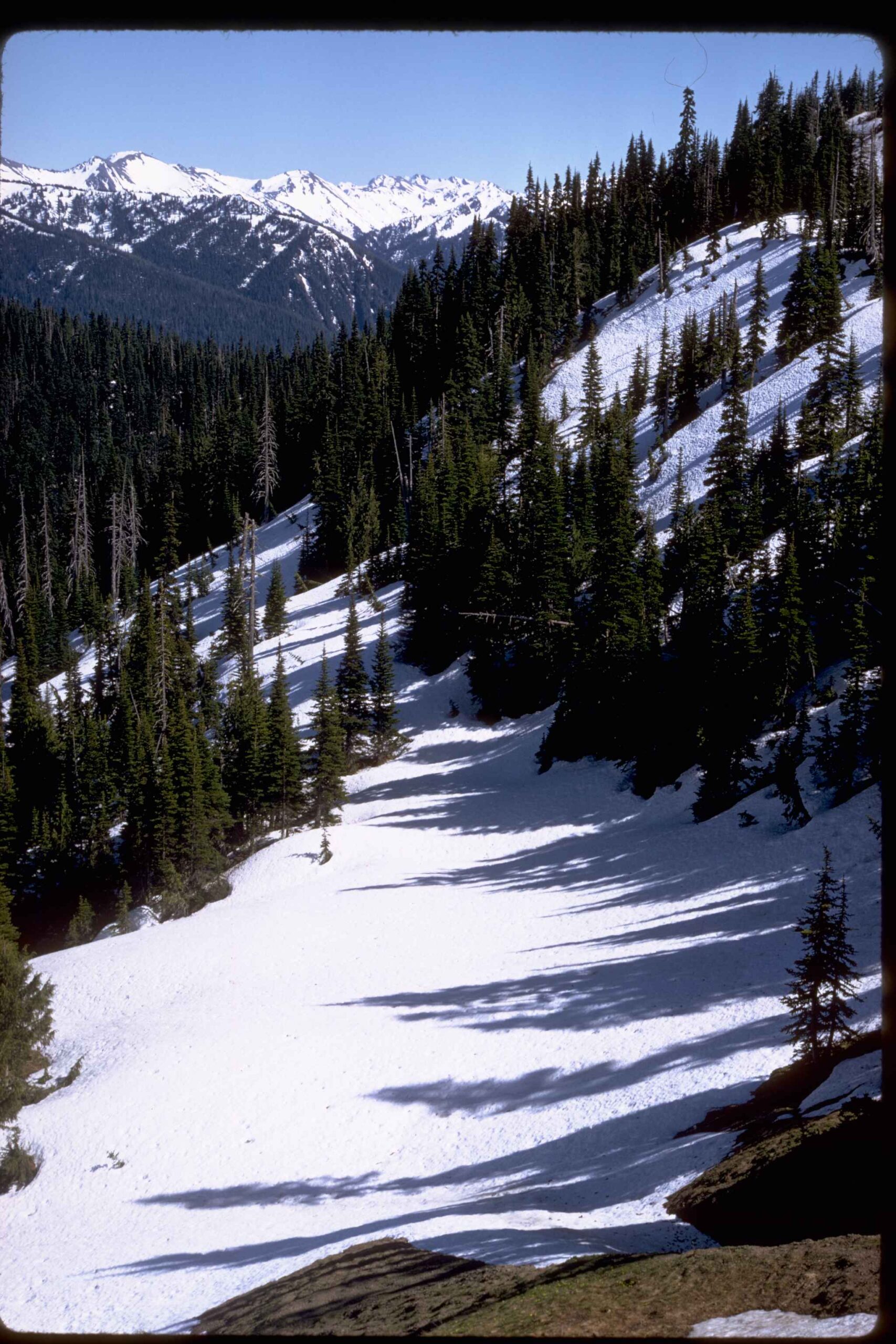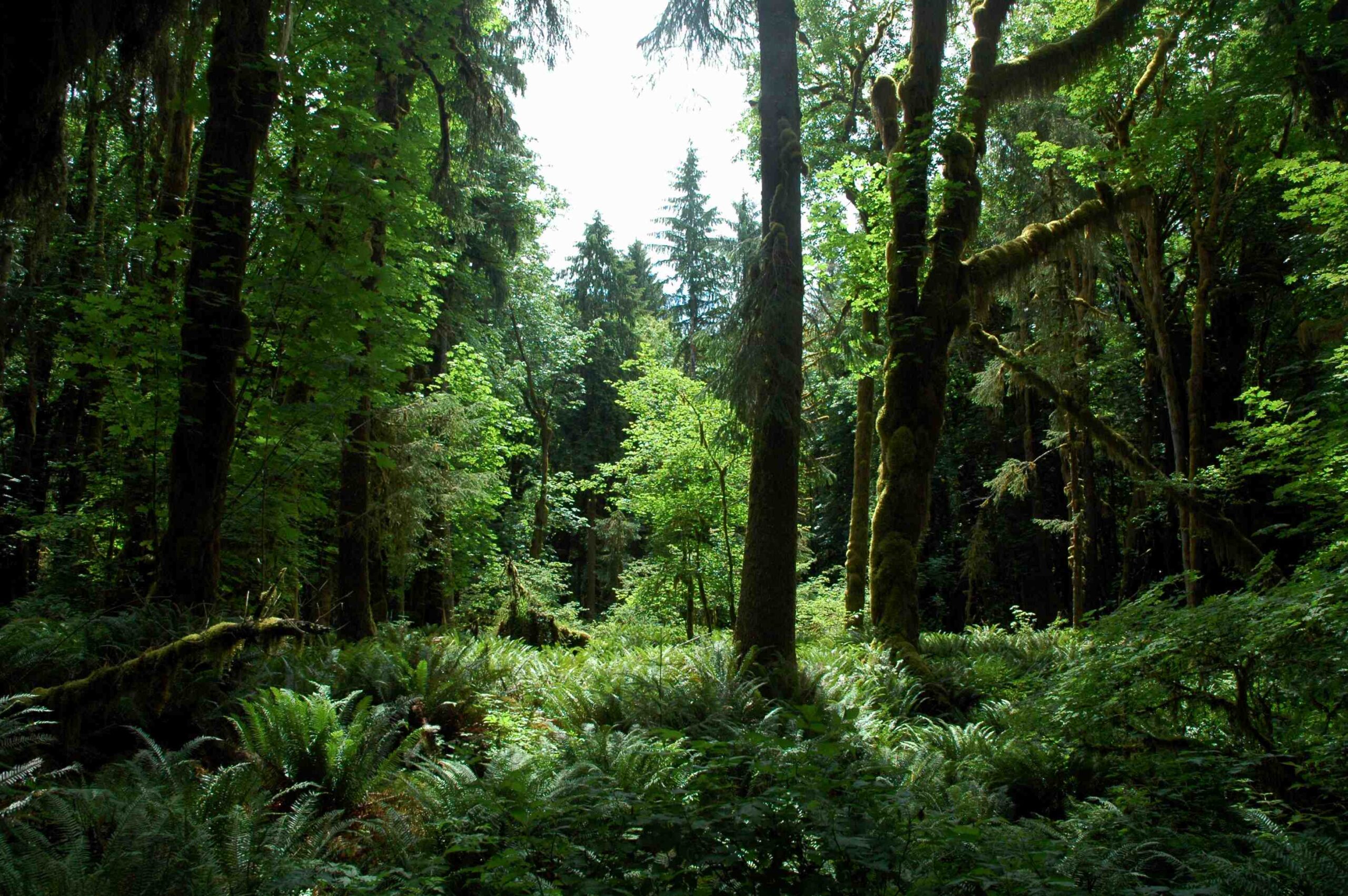Mount Olympus in Olympic National Park attracts climbers, but in smaller numbers compared to more accessible peaks. The challenging terrain, long approach, and unpredictable weather make it a formidable climb. While exact participation rates are unavailable, the mountain’s remote location and difficult conditions limit the number of successful summit attempts. Climbers face a long hike through rainforest, steep trails, and glacier navigation to reach the peak.
What Are the Climbing Participation Rates for Mount Olympus?

While specific data on climbing participation for Mount Olympus in Olympic National Park is not readily available, we can infer some information based on general climbing trends and the mountain’s characteristics:
- Mount Olympus attracts fewer climbers compared to more accessible peaks due to its remote location and challenging conditions.
- The success rate for summiting is considered low, primarily due to:
- Long approach through the Hoh Rainforest
- Difficult terrain
- High precipitation in the region
It’s important to note that the mountain’s remoteness and the technical skills required for the climb naturally limit the number of attempts and successful summits.
What Are the Trail Conditions for Climbing Mount Olympus?

The trail conditions for climbing Mount Olympus present several challenges:
- Approach:
- Starts from the Hoh Visitor Center
- Follows the Hoh River Trail through the Hoh Rainforest
- Known for high rainfall (12-14 feet per year)
-
Often wet and challenging
-
Elevation Gain:
- Over 5,000 feet by the shortest route
- Involves steep approach trails
-
Requires descent down a steep lateral moraine to reach Blue Glacier
-
Glacier Hazards:
-
Blue Glacier poses several dangers:
- Crevasses
- Bergschrunds
- Icefalls
- Seracs
-
Weather Impacts:
- Significant rainfall affects trail conditions
-
Recent climbs report rainy weather, necessitating additional gear like umbrellas
-
Difficulty Ratings:
- Standard route to West Peak (true summit): Class 4 climb
- Other routes: Range from Class 5.4 to 5.6
- Involves scrambling over loose rocky ramps
- Steeper slopes and more exposure on alternative routes
What Are the Permit Requirements for Climbing Mount Olympus?
Climbers planning to ascend Mount Olympus must adhere to specific permit requirements:
- Overnight Camping Permits:
- Required for all climbers
- Obtainable at forest or park offices along the approach
- No specific park fees for most access points (except Hurricane Ridge and a few others)
-
National Forest fees apply
-
National Park Entrance Fee:
-
Mandatory for accessing Olympic National Park
-
Costs and Application Process:
- Exact costs not specified in available sources
- Recommended to check National Forest/Parks website or offices for current information
- No mention of specific application timelines or quotas
- Advisable to plan ahead and obtain permits well in advance, especially during peak climbing seasons
When Is the Optimal Time Frame for Climbing Mount Olympus?
Choosing the right time to climb Mount Olympus is crucial for a successful and safe ascent:
- Best Weather Conditions:
- Optimal months: May, June, July, and August
- These months offer the most favorable weather conditions
-
Note: Significant rainfall still possible even during these months
-
Peak Climbing Season:
- Coincides with summer months
-
Weather generally more favorable, but still challenging
-
Factors to Consider:
- High elevation impacts temperatures and weather conditions
- Precipitation remains a constant factor throughout the year
-
Daylight hours are longer during summer, providing more climbing time
-
Temperature Variations:
- Specific average temperatures not provided in available sources
- Expect cooler temperatures at higher elevations
-
Be prepared for sudden weather changes
-
Planning Considerations:
- Book permits and plan logistics well in advance for peak season climbs
- Consider shoulder seasons (late spring or early fall) for potentially less crowded conditions, but be prepared for more challenging weather
In conclusion, while people do climb Mount Olympus in Olympic National Park, it’s a challenging endeavor that requires careful planning, proper equipment, and respect for the mountain’s unpredictable conditions. The remote location and technical difficulty of the climb make it less frequented than other popular peaks, but for those prepared to take on the challenge, it offers a unique and rewarding mountaineering experience.
References:
1. Olympic National Park Rock Climbing – Mountain Project
2. Mount Olympus : Climbing, Hiking & Mountaineering – SummitPost
3. Mount Olympus/Blue Glacier – The Mountaineers

